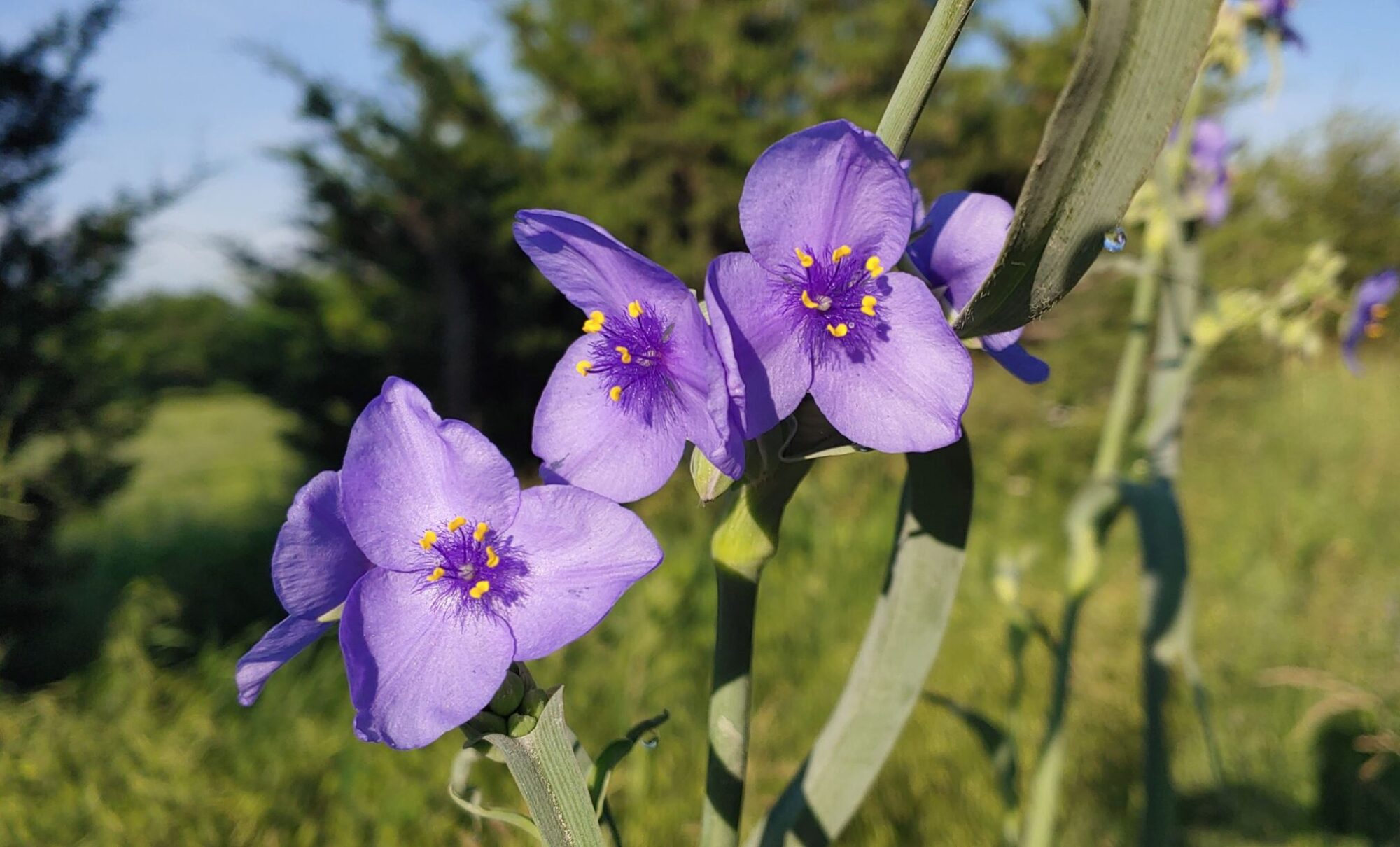The secret of the dandelion is that they really aren’t a weed, they are actually a very useful herbal remedy supporting everything from digestion to water retention. They are also extremely resilient and adaptable, even to mowing. Have you ever noticed, that if you mow them, they just grow shorter. I’ve even seen flowers growing just on top of the ground.
The Miracle Herb:
The dandelion is nothing short of a miracle herb, usable from top to bottom, and one of the most diverse “weeds” in your yard.
The Lore:
Dandelions have been referred to as the “Shephard’s clock” because the flowers always open around sunrise and then shut around dusk. It’s also been known to predict weather as well. Once a flower has gone to seed, if it’s going to be sunny, that seed pod will open up into the fluffy ball we are so familiar with. But, if it’s going to rain, the pod will close up and will remain shut while it rains, only opening when the rain stops.
Precaution:
One thing to remember is to always choose your plants carefully. You never want to pick or use any plants that have been sprayed with anything for at least three (3) years. Make sure when you pick a plant, that it is far enough away from any area that may have been sprayed by any weed or bug killers. You don’t want to ingest anything that may have been sprayed on them.
To top it off, dandelions are highly nutritious and they just taste good. You really can use every part of this plant and for far more than just an herbal tea. Here’s just a couple of uses for each part of the plant.
Dandelion Flowers:
You have to say that the flowers are sunny, bright and beautiful. You can pull the petals and sprinkle them over your salad. What a beautiful addition to your food. You can also add them to cookies and breads.

They also make a delicious jelly that looks like honey and sunshine all rolled up in one jar. The jelly is so pretty, it makes a marvelous gift for anyone.
I’ve read they make a great wine as well, but I haven’t yet had a chance to try that.
Dandelion flowers also have constituents that support your eyes, which is only fitting, really.
Dandelion leaves:
The leaves contain several minerals including iron and calcium, rivaling other beloved greens like spinach. They have a slightly bitter taste and this is what triggers the digestive process to begin. The younger the leaves the better tasting they are. The larger and older the leaves, the more bitter they become.
Many people turn them into pesto just as you would basil, or cook them as you would spinach. They can also be made into a tea as a great after dinner drink.
Have you ever wondered why salads were served before your main meal? The salad got your gut ready for the main course. This can help to eliminate indigestion and incomplete digestion, which can cause stomach gas and can sometimes be accompanied by pain.
The salads of yesteryear were not the salads of today. Back in the day, salad greens had a much more bitter taste than our various greens of today. Today we have worked to grow the bitter taste out of our greens losing some of the benefits that bitter tasted offered us.
The leaves are also a strong diuretic. They are used most commonly to address swelling, and symptoms of high blood pressure.
While the name “dandelion” comes from the French words “dent de lion”, meaning “teeth of a lion”, referring to the leaves, the French actually most commonly call a dandelion “piss-en-lit”, pronounced peace-on-lee, which literally translates to “pee the bed”.
Dandelion Roots:
Dandelion roots are considered a liver tonic, supporting liver function in eliminating toxins from our body. Inefficient liver function that can’t adequately get rid of the toxins in the body will generally show up in your skin first. So if you are having skin problems, that’s always a good place to start.
Roasted roots are also considered a good replacement for coffee. A dandelion, as a general rule, has one large tap root that grows straight down and they can be hard to pull without breaking. Use a weed puller or a screwdriver and run it down beside the root and wiggle. This will help loosen the root. If you do break the root, no worries, another dandelion will grow again next year!
Wash it, slice it and spread it out evenly on a cookie sheet then roast in an oven on a very low heat for 3-5 hours with the door open to dry it. Then turn your heat up to about 350 deg. And roast it for about 40 min. Once it’s good and roasted, let it cool, then ground it. I haven’t had an occasion to try this yet, but it is on my list. I hear as it’s roasting it smells like mocha.
Not Just Tea:
My husband is not a tea drinker and not much of a salad eater either, so I like to make a tincture with it as well. For those who aren’t thrilled with the taste of teas or just don’t drink teas, tinctures are always a good choice.
I hope this makes you want to try using the dandelion and begin to think of it as an ally, rather than just a weed. The internet is full of information and there are many websites that have recipes and other uses for dandelions. I hope you do some research and find a cool way to use the dandelions from your yard. Share in the comments any recipes or uses you come up with, I’d love to hear them.



One Reply to “Dandelion’s Secrets…”